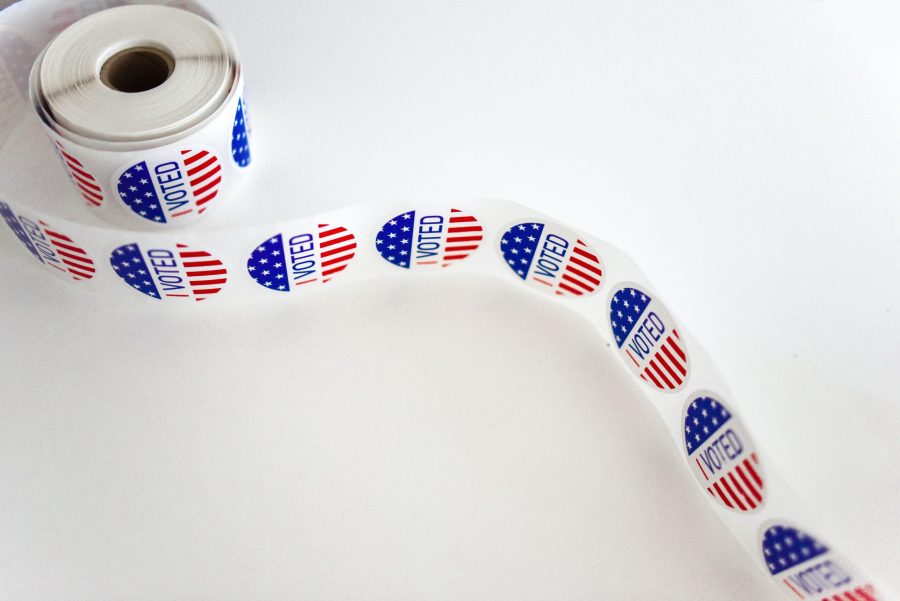Every Black Friday, news of violent outbreaks between overly anxious shoppers seem to occupy the greater half of the following week’s news broadcasts. Two people were shot outside of a Tallahassee Walmart this year due to a fight over a parking space. Last year, a woman pepper sprayed others waiting in line, and in 2008, a crowd of 2,000 New York shoppers trampled a Walmart employee to death. It is becoming increasingly apparent, however, that the rush is largely unmerited. With the same Black Friday “deals” found online and offered well before and after the actual day, shoppers might want to think twice before camping out in a mall parking lot at 3 a.m. next year.
Black Friday is no small ordeal. According to ShopperTrak, a company that analyzes foot traffic data for retailers, for the past seven years retailers have fetched their highest single-day profits on this day. But Black Friday doesn’t seem to be limited to a single 24-hour period. RetailMeNot, the largest U.S. coupon website, appropriately deemed the modern shopping season “OctoNovemCember” in reference to how holiday deals tend to pop up well before Black Friday — sometimes even weeks or months in advance. Last year, Amazon began touting its Black Friday promotions a full 24 days ahead of time. It gets even more ridiculous — Black Friday sales are sometimes advertised in spring or summer. The Home Depot has held Black Friday sales in the springtime for three years in a row.
The deals aren’t as great as they seem, either. When discounts are bragged to be “up to” a certain percentage, most merchandise isn’t actually marked down anywhere near that number. The toy company Mattel advertised discounts “up to” 60 percent off this year, but in reality this discount only applied to a few select items — most products were slashed by only 20 or 30 percent.
Retailers use three common tactics: context effects, strategic pricing and scarcity lures. Marketers use context effects when they initially expose consumers to a relatively expensive item, but then offer other less expensive options to make customers feel like they are getting a real deal. Retailers use strategic pricing when they play with different types of “discounts” that trick consumers into buying their products, while not actually saving them any more money than usual. Another favorite is the scarcity tactic, when retailers use the taglines “limited quantity” or “maximum two per customer” to delude shoppers into believing they are getting something valuable, and that they will experience a significant loss if they do not get in on a certain deal.
Retailers also like to claim their sales last for a limited time only, but in reality end up extending these promotions for weeks. This year, OfficeMax advertised a “Black Friday caliber deal” every Friday from Nov. 9 to Dec. 14. What’s more, the same deals are often available online on the day of and after Black Friday. Toys “R” Us spokesperson Jennifer Albano stated that the company offered the exact same deals on its website. Macy’s similarly put forth many of its same promotions online.
Contrary to popular belief, Black Friday doesn’t actually offer the best deals of the year. DealNews reports that the best prices will be found during “Black Friday season” and not necessarily on Black Friday itself. It’s cheaper to buy toys on Cyber Monday, holiday decorations near Christmastime and winter clothing in January. Furthermore, a discounted item doesn’t necessarily equal a quality item. Retailers know that they can sell the most sought-after models for higher prices and, for example, will discount lower-quality laptops and flat-screen TVs on Black Friday. According to Bundle.com, brand-name electronics are typically the cheapest right before Christmas. Brent Shelton, spokesperson for FatWallet, stated that while some HDTVs of less popular brands are cheaper on Black Friday and Cyber Monday, the greatest HDTV bargains show up right before the Super Bowl. Several stores such as Walmart and Best Buy even offer holiday price-match guarantees that allow shoppers to come back and get credit or a refund if they find a lower price at another store, which lessens the urgency of going Black Friday shopping.
Given the facts, there doesn’t seem to be a compelling economic reason to actually go out and wait for a store to open the morning after Thanksgiving. Next year, it might be smarter to ditch the lines and sleep in.





